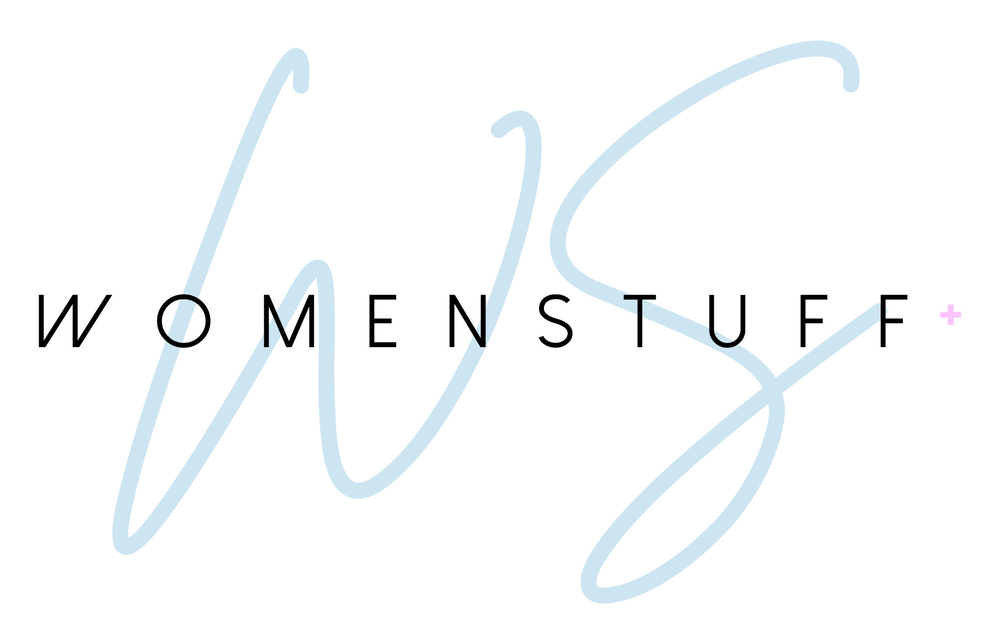Workplace Accidents and Discrimination: A Global Perspective

When it comes to tackling workplace accidents and discrimination, ensuring utmost safety and equity is akin to spinning multiple plates. It’s about taking granular details into account, while not losing sight of the macro picture. And this isn’t just important, it’s crucial.
Governmental Initiatives Around The Globe
Various governments across the planet are stepping up to the task, deploying strategic policies and regulations to curb workplace accidents and discrimination. Let’s delve into four notable efforts.
United States: The OSHA’s Strides Towards Safety
In the United States, ensuring workplace safety is at the core of the Occupational Safety and Health Administration (OSHA). The agency, established in 1970, was a vanguard move towards safeguarding labour rights regarding workplace safety and health hazards. OSHA regulations, like the “Duty to have fall protection,” precisely highlight the indispensable role of foresight in this sphere.
United Kingdom: The Equality Act
In the United Kingdom, the Equality Act 2010 is a paradigm-shifting legislation, protecting employees from discrimination related to gender, race, sexual orientation, and other characteristics. This act essentially redefines inclusivity in the workspace—a landslide win for equality.
Before this Act, the UK was playing this awkward game of dodgeball with different pieces of legislation. It was like trying to catch a golden snitch that kept avoiding capture. Picture eight different laws and statutory instruments flying around that arena of anti-discrimination law. The Equality Act managed to catch that snitch, bringing all the key anti-discrimination laws under one central Act.
What’s more, it’s not just about prohibiting discrimination, it’s also actively promoting equality. It’s as if the Act is not content to simply level the playing field; it wants to give everyone a decent shot at scoring a goal. Now employers have to make reasonable adjustments in the workplace, ensuring those with disabilities are not substantially disadvantaged. It’s a law that gives weight to the phrase “equal opportunities.”
So really, the Equality Act 2010 does more than just redefine inclusivity in the workplace. It blasts it onto a whole new level — a definite win for equality. What this means for UK workplaces is a richer, more diverse environment, where everyone gets to bring their full selves to the table. It’s change for the better, making workplaces what they should be: a space for everyone.
Canada’s Workplace Safety Insurance System
Canada adds another layer to safety assurance by placing a robust Workplace Safety Insurance system in play — a beacon showing the value of detail-oriented attention. Workers are assured of compensation for workplace-related injuries, nurturing a proactive culture of safety necessities.
Australia: Fair Work Act of 2009
Down Under, they rolled out the Fair Work Act in 2009, which is a sturdy shield against workplace discrimination based on aspects like religion and race as well as disability; and it’s redefining Aussie workplaces.
Untangling Accidents: Preventing Slips and Falls
Slips and falls can seem like insignificant mishaps, but they often play the leading villain in the drama of workplace accidents. So the question is: how to prevent slips and falls? Luckily, they’re preventable with a bundle of patience, precision, and foresight.
Several steps can be taken, such as installing anti-slip flooring, diligent housekeeping, and clear marking of wet areas. The International Labour Organisation’s report Safety and Health at Work endorses these measures, highlighting the correlation between proactive precautions and decreased rates of workplace accidents.
Patience, You Must Have
Just like waiting for your favourite band’s album to drop, change takes time, especially when you’re talking about creating a safe and fair culture at work. It’s like learning to dance, slowly getting the hang of each step until it all flows together.
In fact, Paul Polman, the former big boss at Unilever, told The Guardian that “Culture change takes 5 to 10 years,” reinforcing the idea that patience isn’t some boring virtue, it’s vital for real progress.
Attention – It’s in the Details!
Three quick pointers, before we wrap up. One – regular training sessions are vital. They equip employees with the necessary knowledge and mindsets, ensuring safety protocols move from paper to consciousness.
Second, dedicated committees enhance oversight, and not just theoretically. Having eyes on the ground, and tracking the passage of policy to practice, is pivotal.
Finally, fostering open communication channels is essential to address grievances and encourage feedback, making every voice count in sculpting the contours of a safer and more equal workplace.
Like a masterfully orchestrated symphony, workplace safety and equality require precision, patience, and painstaking attention to detail. And hey, the governments haven’t missed this harmony. So, gears are in motion and the result? A safer, fairer workplace for all. So, we’re getting there, one step at a time.











